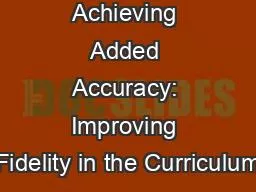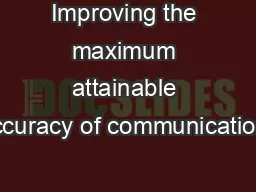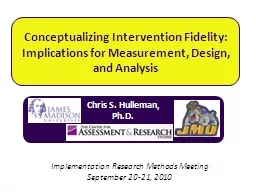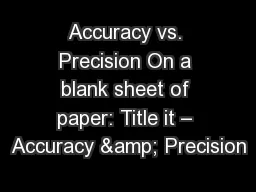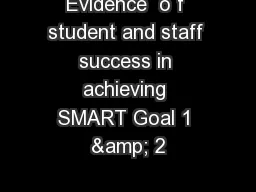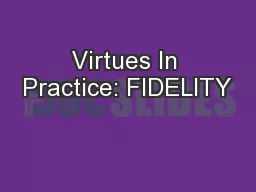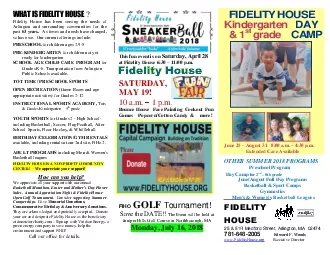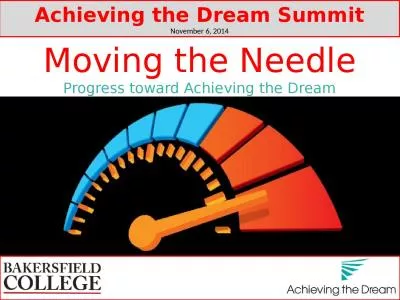PPT-Achieving Added Accuracy: Improving Fidelity in the Curriculum
Author : medmacr | Published Date : 2020-09-29
Inventory MedBiq 2017 Walter FitzWilliam MPP Sr Program Operations Specialist Plan Talk about the plan Review the Curriculum Inventory as a concept and application
Presentation Embed Code
Download Presentation
Download Presentation The PPT/PDF document "Achieving Added Accuracy: Improving Fide..." is the property of its rightful owner. Permission is granted to download and print the materials on this website for personal, non-commercial use only, and to display it on your personal computer provided you do not modify the materials and that you retain all copyright notices contained in the materials. By downloading content from our website, you accept the terms of this agreement.
Achieving Added Accuracy: Improving Fidelity in the Curriculum: Transcript
Download Rules Of Document
"Achieving Added Accuracy: Improving Fidelity in the Curriculum"The content belongs to its owner. You may download and print it for personal use, without modification, and keep all copyright notices. By downloading, you agree to these terms.
Related Documents

